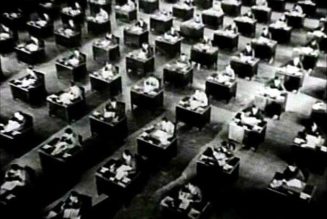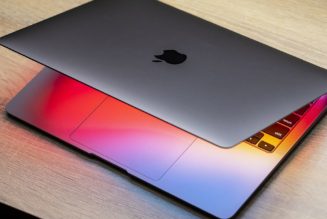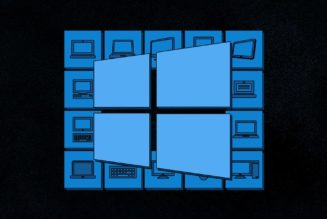The USB Promoter Group published the latest specification of Power Delivery in May of last year, but accessory manufacturers are only now delivering products that support it. And it’s about time because 16-inch MacBook Pro users who swear by fast charging have been stuck with the included non-travel-friendly brick that only has one USB-C port. Now you can get ones with multiple ports, giving you the flexibility to share all that power with a phone, tablet, or even another laptop along with the MacBook Pro.
We haven’t tested these yet, but some USB PD 3.1 multiport charger options include the HyperJuice 140W for $129.99 and the Ugreen Nexode 140W for $149.99. Both of these chargers have two USB-C ports and one USB-A port for more flexibility but only support the max 140W out of one specific port and up to 100W out of the second one, individually. For the USB-A ports, the Nexode can do up to 22.5W, while the Hyper does 30W.
%2Fcdn.vox-cdn.com%2Fuploads%2Fchorus_asset%2Ffile%2F24022390%2FScreen_Shot_2022_09_14_at_11.26.12_AM.jpeg&w=2400&q=75)
The HyperJuice and the Nexode seem like similar products otherwise (even though the Nexode is $20 more), but they actually behave differently when plugging more devices in. For instance, if you plug in two laptops to the HyperJuice, it can deliver up to 100W to the first device but only 20W to the second one. The Nexode, however, will split the power equally — giving each laptop up to 65W of power.
When occupying all three ports, the HyperJuice will still push 100W out of the first port, but then the second USB-C and the USB-A port will now share the same small 20W pool. That’s okay if your second and third devices are lower-power tablets, phones, or accessories, but if you’re like me and use an iPhone MagSafe charging puck and an old Apple Watch charger, then my iPhone might not be able to fast charge wirelessly.
Ugreen’s charger splits the joules differently in three ways: 65W to the high-powered USB-C, 45W to the second, and up to 22.5W out of the USB-A port. This is certainly a more versatile split, but if your main laptop is more power-hungry, then the HyperJuice option might make more sense.
%2Fcdn.vox-cdn.com%2Fuploads%2Fchorus_asset%2Ffile%2F24022392%2FScreen_Shot_2022_09_14_at_11.31.05_AM.jpeg&w=2400&q=75)
This is just the beginning of a new era of compact multiport chargers. They will keep getting smaller and more powerful — but only if we get more devices that demand the power. The 2.1 revision of the USB-C PD 3.1 spec (yes, it’s quite confusing) is capable of up to 240W of power, so perhaps power-hungry gaming laptops are the next devices to push that envelope.









